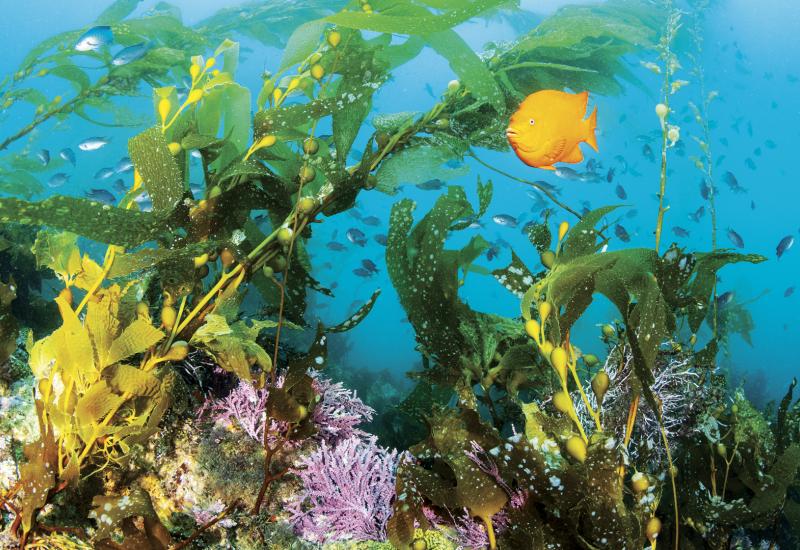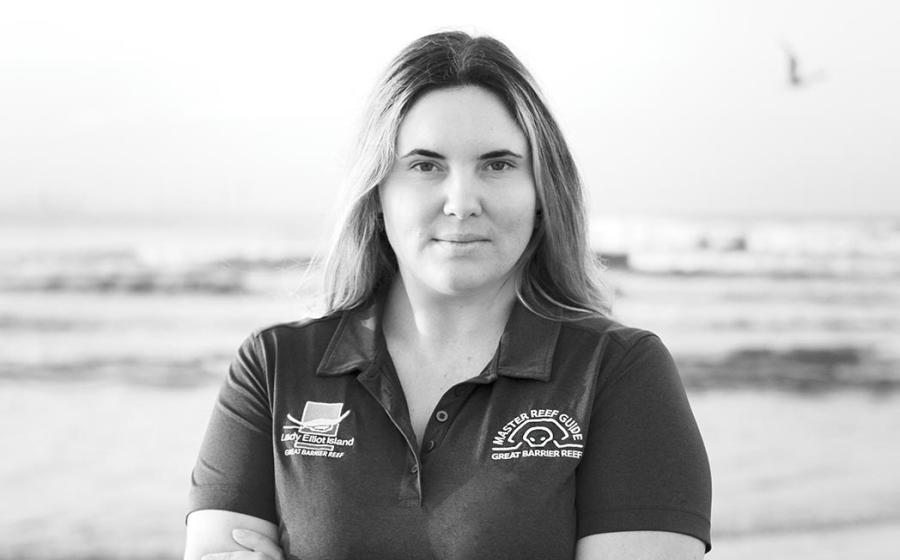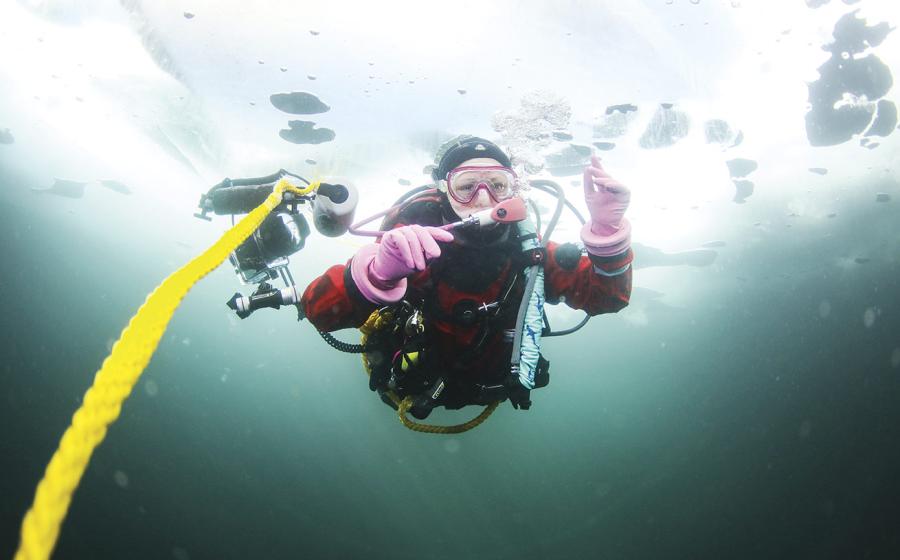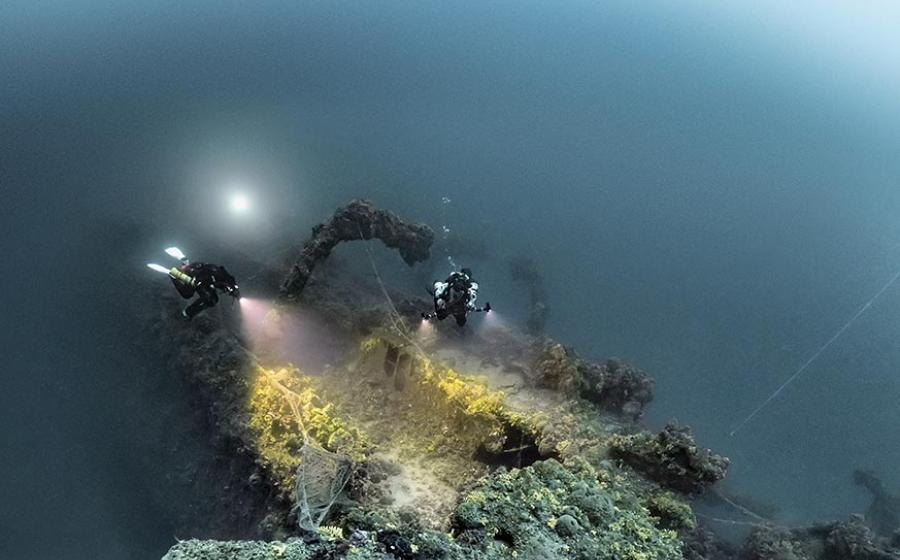From Selfies to Silhouettes: How To Take Better Photos of Scuba Divers Underwater
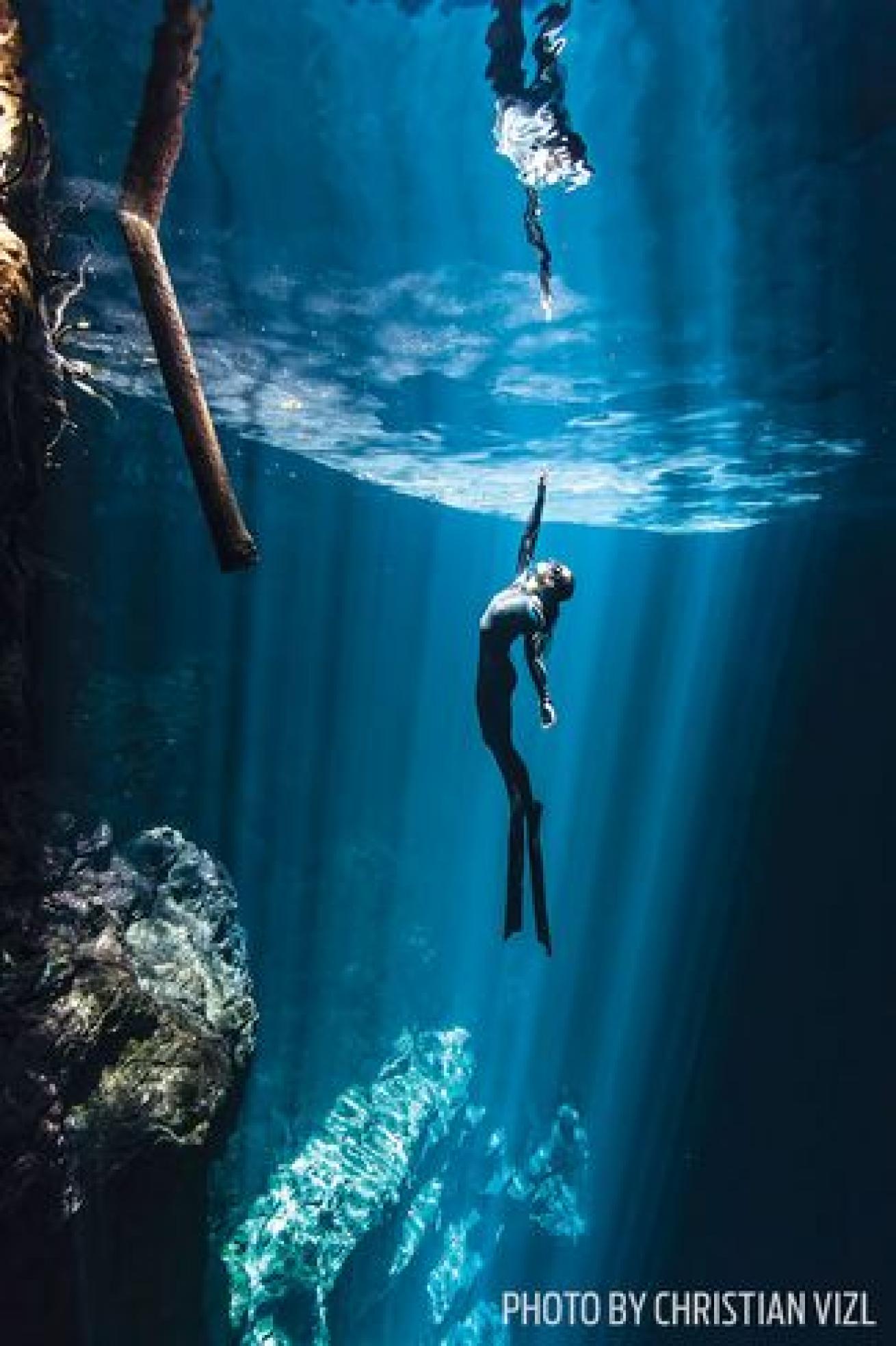
Christian VizlTaking photos of sharks or wrecks might be glamorous, but having a diver in your image can help connect the viewer to the experience.
Sharks, mantas, octopuses, jellyfish — these are some of the things divers long to see in the water, and prized subjects for photographers looking to impress their buddies. Humans, on the other hand, are notably missing from that list. Why would anyone want to photograph a person? We see those things every day. But while they’re far from a unique subject, divers can be an important subject. If you’re looking to show the scale of an immense shipwreck or whale shark, want to tell a story with human interest, or provide the viewer a face-to-face personal connection, then you’ll want to include a person in your image. Underwater photographers snapping photos of people also have some major advantages: Divers don’t scare off easily and typically take instruction well. To get the most out of your shots involving people, take a look at these tips.
Find the Right Model
The connection between photographer and model is key, and it doesn’t always come easily. Make sure you are working with a diver who is comfortable communicating underwater, has a mastery over his or her buoyancy, and is able to hover or swim with good trim. You don’t want a picture of a diver out-of-sync and flailing around. It’s a plus if your model can see his or her reflection in your dome port and make necessary positioning adjustments. To improve communication, use slow and deliberate hand signals that you’ve discussed before getting in the water, and consider using a slate to write messages back and forth.
Start with a Silhouette
Frame your model as a silhouette to get the hang of positioning, both in regard to your model and the sun in the photo. Shoot up toward the light with the sun behind your model, and have the diver swim across the scene. This way, they won’t get uncomfortable trying to hover in one spot for an extended period of time and can better achieve a desired look: relaxed arms and straight legs, with one slightly bent to give the impression of movement.
Related Reading: 3 Underwater Photo Skills You Should Master

Shawn HeinrichsSelfish Shots
Taking photos of divers is one thing, but it’s even better when you’re the subject. Work on timing the perfect selfie by picking a marine animal you’d like to include in the shot, and studying its movement patterns and trajectory. Style points always count with selfies, so be creative.
It’s All About the Eyes
Eye contact is key if you want your photos to pop, but it can be tricky to make your subject look just right. Make sure your model has a clear mask (with a clear skirt and wide field of view as well) to help keep his or her face lit and to reduce pesky shadows. Unless you’re scoring a selfie, try to avoid having your model look straight into the lens. It’s best for the diver to look toward the camera, but right above or to the side of the dome port. Put your free hand there so your subjects can keep their eyes on the prize.




